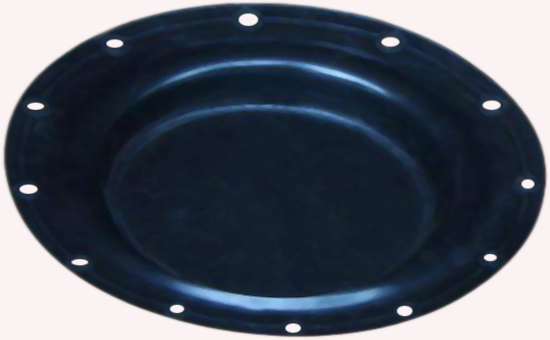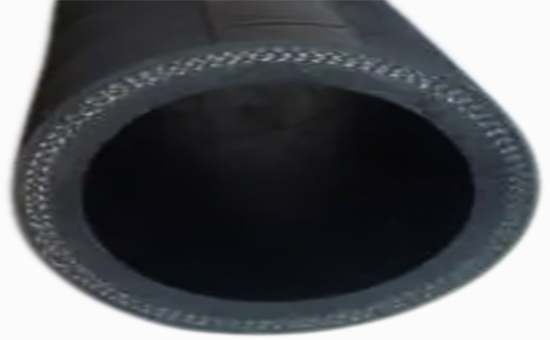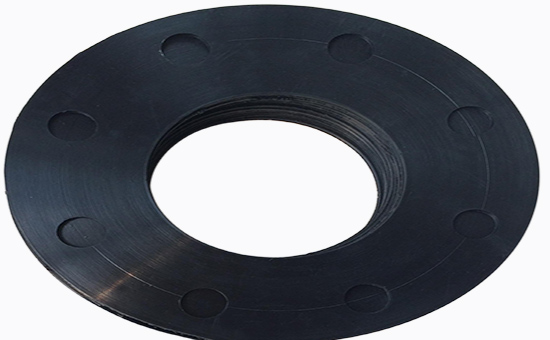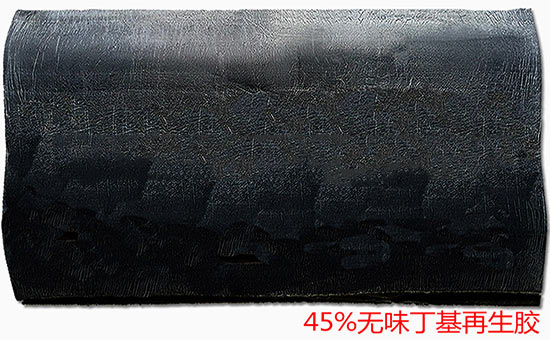
The butyl rubber synthesized from isobutylene and a small amount of isoprene has good air tightness, heat resistance, ozone resistance and chemical resistance, and is an ideal raw material for producing corrosion-resistant rubber products. The butyl reclaimed rubber retains the basic performance characteristics of butyl rubber and can be used alone or in combination with butyl rubber to produce corrosion-resistant products, effectively reducing the cost of raw materials. When butyl reclaimed rubber and butyl rubber/butyl reclaimed rubber are used to produce corrosion-resistant rubber products, the dosage of compounding agent in the filler system is large, so its variety and dosage directly affect the corrosion resistance of the finished product.
1. Recommended compounding agent for butyl reclaimed rubber corrosion-resistant vulcanization formula filler system
When butyl reclaimed rubber is used to produce corrosion-resistant rubber products, the compounding agent in the filler system needs to be chemically inert, not easy to react with chemical corrosive media, not corroded, and not water-soluble electrolyte impurities. It is recommended to use carbon black, clay, barium sulfate, talc powder, etc., of which barium sulfate has the best acid resistance.

2. The compounding agent to be avoided in the filler system of the corrosion-resistant vulcanization formula of butyl reclaimed rubber
In the formulation filler system of corrosion-resistant rubber products produced with butyl reclaimed rubber as the main raw material, calcium carbonate, magnesium carbonate and other fillers with poor acid resistance should not be used in the acid-resistant rubber compound; Silica filler and talc powder that are easy to react with alkali and be eroded should not be used in the formula of butyl reclaimed rubber 2SLYY217 alkali-resistant rubber. When using rubber fillers with high water solubility and water content, the butyl reclaimed rubber compound will rapidly volatilize during high temperature vulcanization, resulting in many micropores in the vulcanizate, which will increase the penetration rate of chemical corrosive media. Therefore, try to avoid using water-soluble and high water content fillers and additives, and use mineral ointment or quicklime powder to absorb water when necessary.

3. Effect of silica on water resistance of butyl reclaimed rubber
White carbon black is a white reinforcing agent to replace carbon black in rubber products industry. When using butyl reclaimed rubber to produce corrosion-resistant rubber products, proper use of silica and calcium silicate can improve the water resistance of rubber compound; Generally, when more than 30 parts of silica are added, the particles can be connected into a network, and the electrolyte ions can be freely penetrated, so that the water-soluble impurities in the rubber gradually dissolve out of the rubber, thus improving the water resistance of the vulcanizate. In addition, adding a small amount of ethylene glycol amine and diethylene glycol into the reclaimed butyl rubber compound containing silica can improve the water resistance better.

The rubber product manufacturer also needs to design the curing system, softening and plasticizing system of the butyl reclaimed rubber curing formula reasonably. The editor will continue to discuss relevant issues with you later.
Exclusive original article [commercial authorization] reprint, excerpt and excerpt in any form are prohibited without written authorization. Focus on Hongyun rubber: learn the process formula and raw material technology of producing rubber products from recycled rubber to help you reduce costs and increase profits